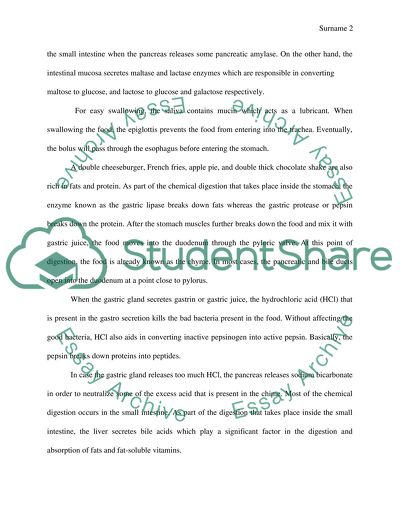Digestion From Beginning to End Essay Example | Topics and Well Written Essays - 750 words. Retrieved from https://studentshare.org/biology/1454905-digestion-from-beginning-to-end
Digestion From Beginning to End Essay Example | Topics and Well Written Essays - 750 Words. https://studentshare.org/biology/1454905-digestion-from-beginning-to-end.


